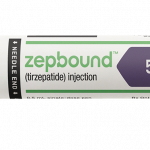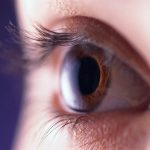
Active women using the pill appear to receive an added bonus from their birth control, a new study says. These women are less likely to suffer sprains and strains than women not on birth control, researchers reported recently in the journal Medicine & Science in Sports & Exercise. Women taking oral contraceptives had significantly fewer tendon and muscle injuries than women not on the pill or men, results show. These sorts of injuries are among the most common in sports, researchers said. “This understanding holds promise for informing the development of targeted preventive strategies and interventions aimed at reducing injury risk in women, benefiting both athletic and nonathletic populations,” said lead researcher Luis Rodriguez. He’s a doctoral candidate with the Joint Biomedical Engineering Graduate Program at University of Texas-Dallas and University of Texas-Southwestern. For the study, researchers analyzed health data for more than 126,000 men and women between the ages of 18 and 39 who were either normal weight or overweight and had sustained an orthopedic injury. About 0.5% of women on the pill had a sprain or strain, versus 2.5% of women not taking birth control and 3.5% of men, researchers found. Overall, women taking the pill were 85% less likely than men to suffer a sprained muscle or strained tendon, results show. Meanwhile, women not taking the pill were only about 26% less likely… read on > read on >


















